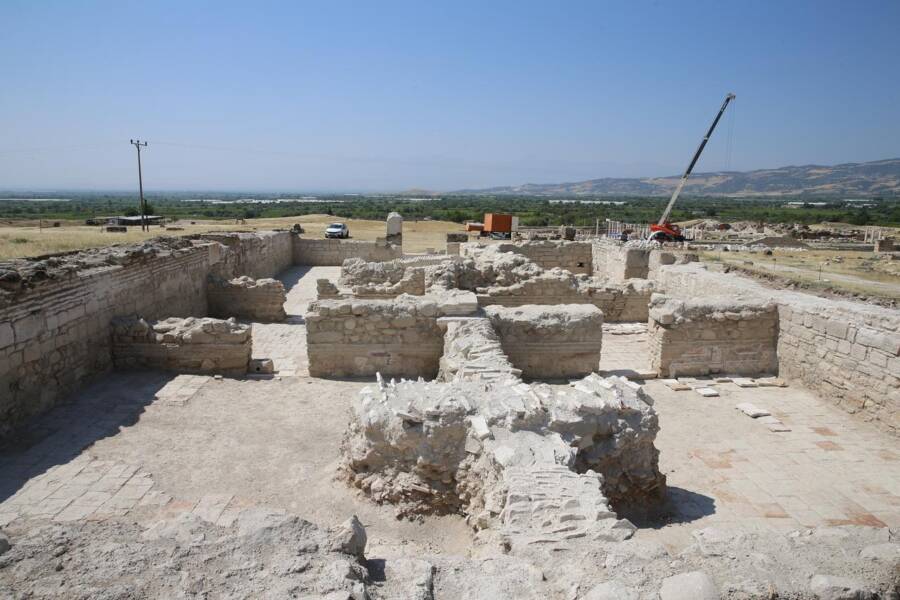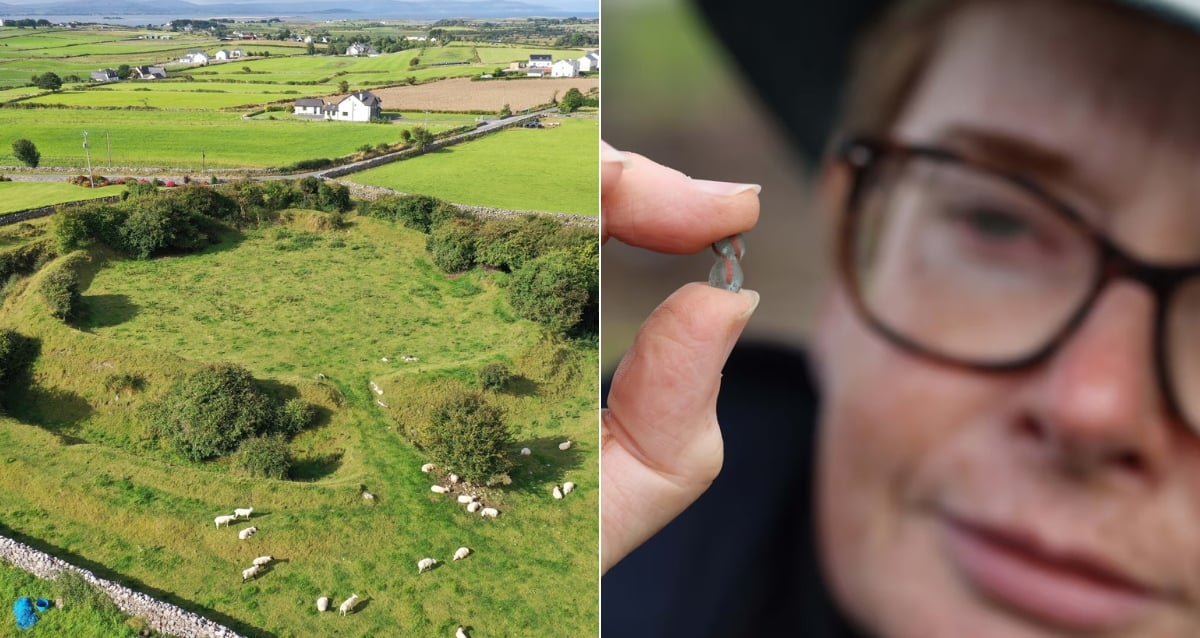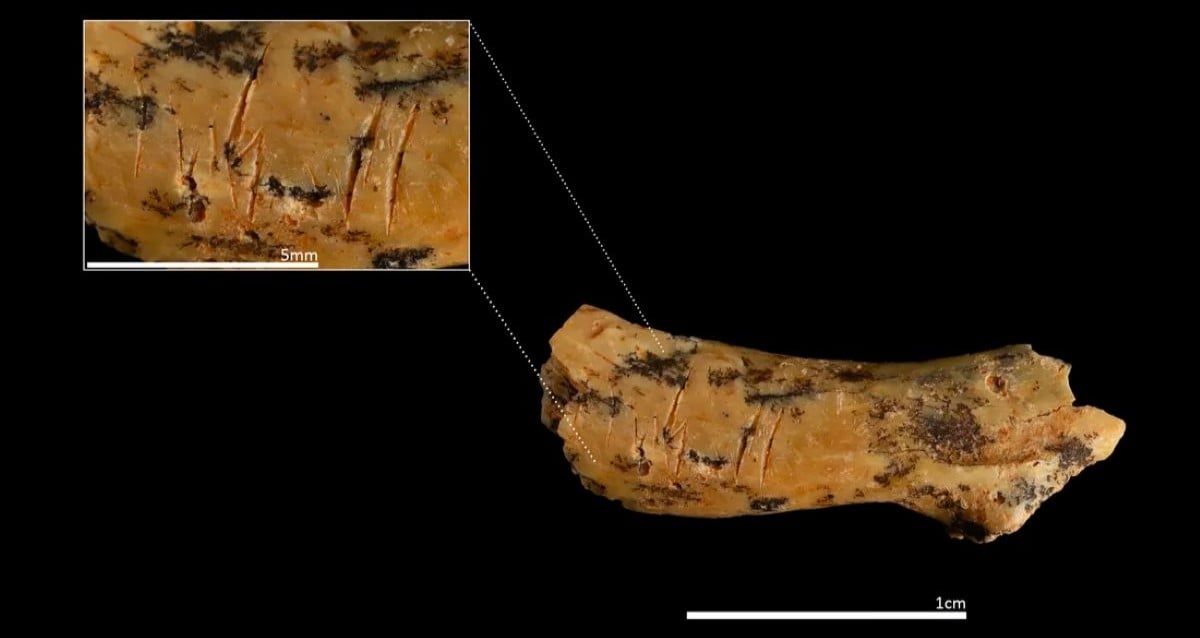Ancient Roman Villa with Mysterious Fish Pond Discovered in Turkey—What Secrets Lie Beneath?

Anadolu AgencyThe remains of the ancient Roman villa in Tripolis.
Archaeologists found the 430-square-foot fish pond at the villa’s southern entrance, just past a 60-foot-long row of columns. The pool is made of marble, adorned with fish figures, and designed with alcoves where the fish could hide or escape from the sun.
“This is, in fact, a fish pool,” archaeologist Bahadir Duman of Pamukkale University, who has overseen the excavations in Tripolis for the past 13 years, remarked. “Its inner walls are fitted with terracotta pipes — some open, some closed — forming tiny shelters to protect the fish from direct sunlight and provide safe hiding spaces.”
While fish ponds today are mostly for aesthetics, archaeologists believe that the pond in Tripolis had a practical purpose. The carp, catfish, and eels who likely lived inside were not merely decoration — they were part of the menu. During extravagant dinner parties, they would have been served to the villa’s guests.
And while the Romans certainly fished off the coast, the presence of a fish pond in an individual villa is unique. The pond hints at the prosperity of the home’s owner, who also decorated their home with “vibrant frescoes… [with] botanical motifs and architectural embellishments.”
The Ancient History Of Tripolis
The history of Tripolis began back in the fourth millennium B.C.E. Archaeologists have found evidence of settlements from that time, but the first known mention of Tripolis didn’t come until the first century C.E. Then, it was described as a Lydian town by the Roman writer Pliny the Elder.













Post Comment